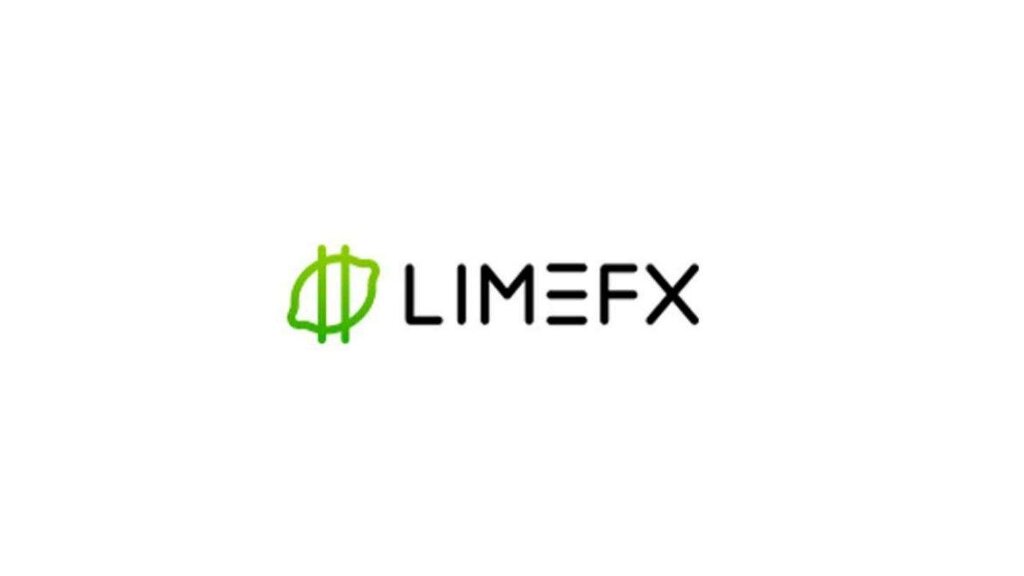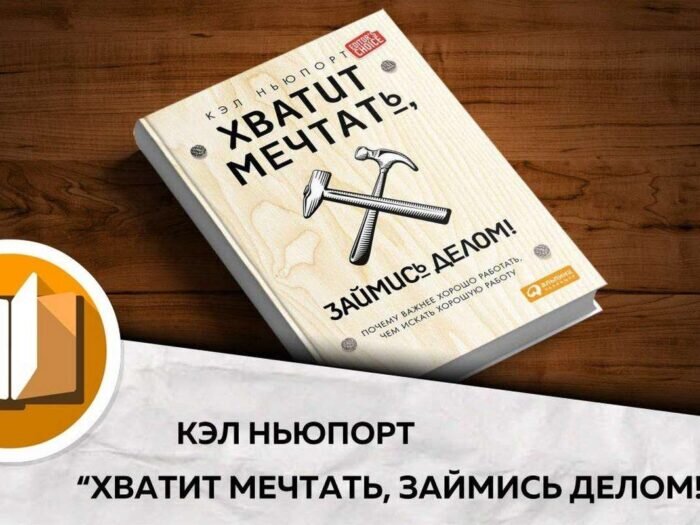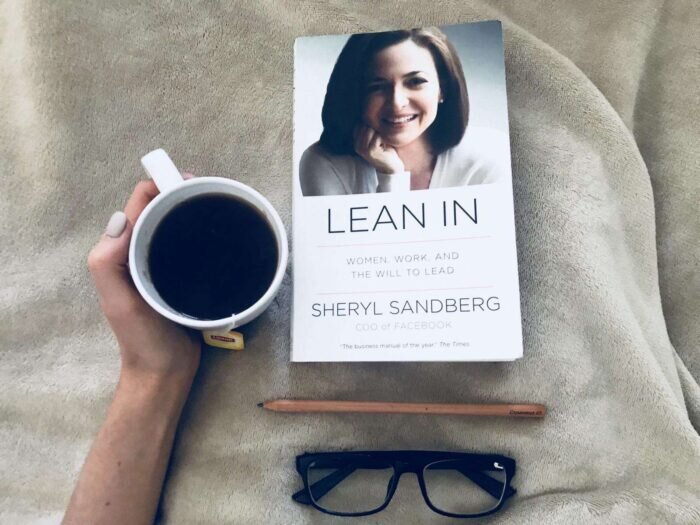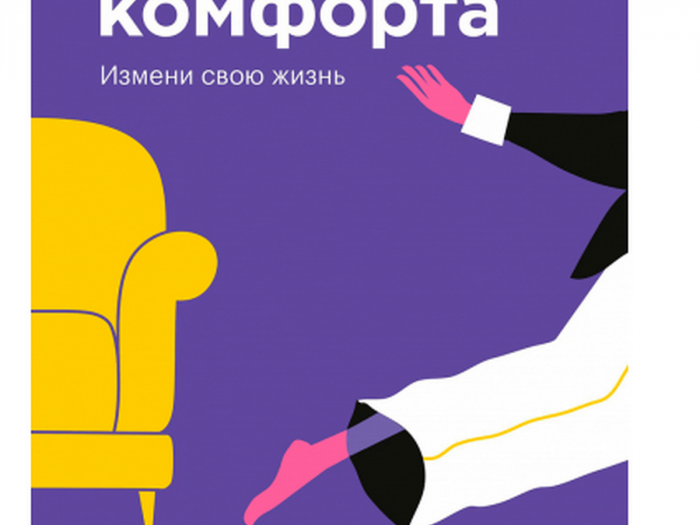Contents

A bull is an investor who invests in a security expecting the price will rise. Discover what bullish investors look for in stocks and other assets. The subsequent decline ended within two points of theinitial public offering price, far exceeding O’Neil’s requirement for a shallow cup high in the prior trend. The subsequent recovery wave reached the prior high in 2011, nearly 10 years after the first print.

The cup and handle chart pattern marks a consolidation period in a stock followed by a breakout and suggests a continuation of the uptrend in a security’s price movement. The cup always precedes the handle in this chart pattern. The cup pattern in trading forms after an initial uptrend. As stocks attain new highs, there is selling pressure among investors to book profits, causing the price to fall. The formation of the base or rounding bottom of the cup marks a period of stabilisation.

Aggregate funds in your Brokerage Account of less than $100 will remain in that account in cash.Earnings on Treasury Bills may be exempt from the state and local taxes. Please refer to your financial advisor or tax professional for advice. Along with the cup and handle pattern, there are a variety of additional investment strategies. This is a base that traces a “U” shape on its daily or weekly chart.
Cautions About the Cup-and-Handle Pattern
An indication of interest to purchase https://business-oppurtunities.com/ involves no obligation or commitment of any kind. When the price closes above the trendline, investors may choose to place a limit order just below the breakout level in hopes of executing the order if the price backtracks. Occasionally the cups will form without a clear handle, leading to questions about whether it’s a false signal.
To identify the cup and handle pattern, start by following the price movements on a chart. The pattern starts to form when there is a sharp downward price movement over a short time. This is followed by a period where the price remains relatively stable. Then, there is a rally that is more or less equal to the initial decline. These movements form a ‘u’ shape on the chart – this is known as the cup. Technical indicators and signals are valuable assets in making investment decisions.
Market could possibly push for over 250pips for a tp2 from this zone if you want to swing trade entry. Hi Traders, Investors and Speculators of the Charts 📈📉 CVXUSDT is another altcoin with massive upside potential. Infact, after consolidating for such an extended period, a parabolic move to the upside is very possible. In the chart, I’ve pointed out 3 take profit zones based on candle wicks , but you can always add more TP points… Discover the range of markets and learn how they work – with IG Academy’s online course. You could also place an order above or below the handle to buy or sell when the asset reaches a more favourable price.
- The shallower and more rounded the cup, the better the pattern.
- The stop-loss ideally should be on the upper-third end of the cup and placed at the lowest point of the handle.
- There’s no good way to distinguish falling asset prices from the first stage of a stock which will make an eventual rally.
A stop-loss can be placed below the low price point in the handle. The Big Tech share basket chart provides an example of this. Prior to the decline that started the cup and handle pattern, the price had advanced about 30% over several months. The upward momentum carried through following the cup and handle. As mentioned, we may see triangles, or we may also see trading ranges or channels.
Although we might argue O’Neil is the innovator of the cup and handle strategy, it’s just one part of many in his methodology. We can’t conclude on the profitability of the cup and handle strategy based on the CANSLIM method. While investors can manually observe stock charts to identify cup and handle patterns, there are also brokerage and software systems available that can scan for the pattern. An inverse cup and handle is a bearish reversal pattern that typically forms after a prolonged uptrend.
Entering a Cup and Handle Trade
If you’re short, you want to exit your trades before swing low or Support. If you’re long, you want to exit your trades before the swing high or Resistance. Also, give your stop loss some buffer below the swing low as you don’t want the price to breach the lows, and only to reverse higher. For a trend to continue higher, it MUST make higher highs and lows.
An ideal cup will have a rounding bottom, indicating consolidation. However, these ideal conditions may not emerge as highs can differ, and the cup may instead form a V-shaped pattern, suggesting a sharp reversal. Below is an example of an inverted cup and handle on the FTSE 100 weekly chart. Although the pattern formed and the price did decline, ultimately, the price did not follow through to the downside. Finally, when the price breaks out of Resistance, the cup and handle pattern is “confirmed”, and the market could move higher. Now you have another chart pattern in your tool belt to study.

As the ok people – let’s get real! once again tests its highs, another pullback – the handle – is observed, but this time bullish investors are able to push the stock higher as they snap up discounted shares. As the name suggests, cup and handle chart patterns resemble a cup and a handle. The handle is a smaller cup formed after the completion of the cup and is generally followed by a breakout. The pattern may take anywhere between seven to sixty-five weeks to form. Shares and stock indices with lots of upward momentum prior to the cup and handle forming tend to produce the most favourable cup and handle patterns for trading.
How to Trade the Cup and Handle with a Low-risk Entry Point
The cup and handle pattern was first identified byWilliam O’Neil, a well-known figure in the world oftechnical analysis. In his book, “How to Make Money in Stocks“, O’Neil discusses the cup and handle pattern as one of the most reliable chart patterns for identifying bullish trading opportunities. O’Neil found that stocks that formed this pattern tended to outperform the market over the ensuing 12-month period. As a general rule, cup and handle patterns are bullish price formations. The founder of the term, William O’Neil, identified four primary stages of this technical trading pattern.

Company About Discover how we’re making the markets work for all investors. Stocks Explore 9,000+ stocks with company-specific analysis. The stock had been making strong gains since February of that year, and started to take a rest in late July. IBD Videos Get market updates, educational videos, webinars, and stock analysis.
What is the Target for Cup and Handle Pattern?
First, volume should be at least 40% higher than the stock’s average on the breakout. You can check volume changes with quotes at IBD’s website and with other online tools. Even if all other parameters come together, you should avoid stocks that break out below their 10-week moving average. A loose, choppy base shows the stock needs to go far for price discovery. If institutions are holding on to the stock, it won’t fall too far.
Below is an example of a EUR/USD cup and handle daily chart, where the handle represents a channel or trading range angled down. The price may drop slightly, then rally back up, forming another handle or breaking above the initial handle. There is also an upside-down cup and handle pattern, called the inverted or reverse cup and handle. This is a bearish pattern and it looks different to the traditional cup and handle. This article considers why a cup with handle forms, the desirable features of the pattern and how we select them.
Market Indexes
Of course, keep in mind that the cup and handle pattern can fail, so always use stops. Don’t risk more than 7% to 10% below your entry price—even less with an early entry point. Once the cup regains its high there’s a modest pullback as investors consolidate rather than invest. This is often driven by sales from investors who bought during the low point and are offloading this asset now that it has returned to its previous high.
